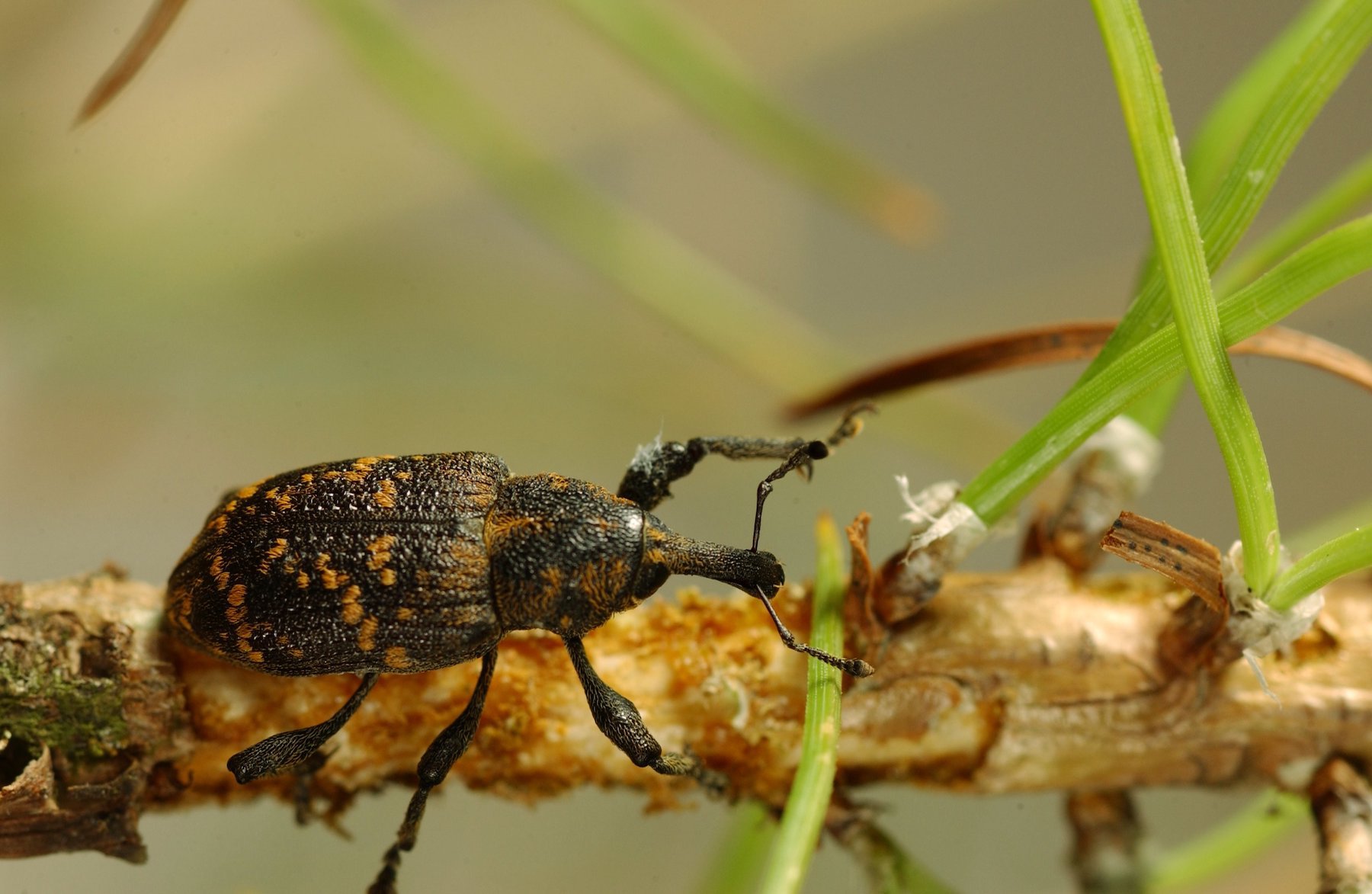Researchers in Scotland are using internet of things (IoT) technology to combat the destruction of trees from pine weevils, a beetle that feeds on the bark of young trees.
The black beetles are the biggest threat to a tree under five years old. They are particularly damaging to pine and spruce, which are often grown in the UK. On average, pine weevils destroy 50% of young conifer trees.
Keeping on top of pine weevil populations is a labour-intensive job. But a research partnership between pest management company Sentomol, the research arm of the Forestry Commission, the University of Greenwich’s Natural Resources Institute and CENSIS Scotland’s innovation centre for sensing, imaging systems, and IoT is exploring how technology help.
“What we’re trying to do is replace an existing manual and labour-intensive monitoring approach,” David Loughlin, director at Sentomol told UKTN.
Internet of Trees
The project involves placing weevil attractants into traps called Hylopods across the forest. On top of these pods are cameras that count the insects using artificial intelligence (AI), sounding the alarm if an area pass a certain threshold of the insects.
This data can then be used by site operators to decide how to manage the location. If the weevil numbers are too high, foresters may decide to not plant new trees immediately or could treat the saplings so they have better protection.
Loughlin added that the ability to continuously monitor the numbers of the pine weevils could result in a more accurate prediction of potential damage in years to come.
For now, the technology works over a cellular network. In the future, it will work on the LoRaWAN IoT network and possibly via satellite.
Sending information through satellite would allow the IoT system to work in remote areas that do not have a good mobile connection. The system is currently battery-powered but could have solar panels added going forward.
“It’s not specifically designed to be able to identify pine weevils yet, but that is where we hope to go, to create essentially a pine weevil model,” Helen Sandison, senior engineer, CENSIS told UKTN.
Commercial applications
While the application is somewhat niche, it has the potential to bring down what the Farm Advisory Service estimates to be a £5m cost to the UK from weevil damage each year.
In the future, the Hylopods could be commercialised, with the technology already receiving interest from forest managers.
The technology could have commercial applications across the globe, as the pine weevils have been found in northern Europe, Turkey, China and Japan.
It’s also another example of IoT technology being used to help monitor the environment, with Hitachi Vantara using AI and IoT with non-profit Rainforest Connection to predict when illegal logging is about to happen in the rainforest.
Recently British IoT startups got a boost with the launch of a 5G and IoT accelerator in Sunderland.
Image credit: Crown copyright
The post How IoT could protect Scottish forests from pine weevils appeared first on UKTN | UK Tech News.


